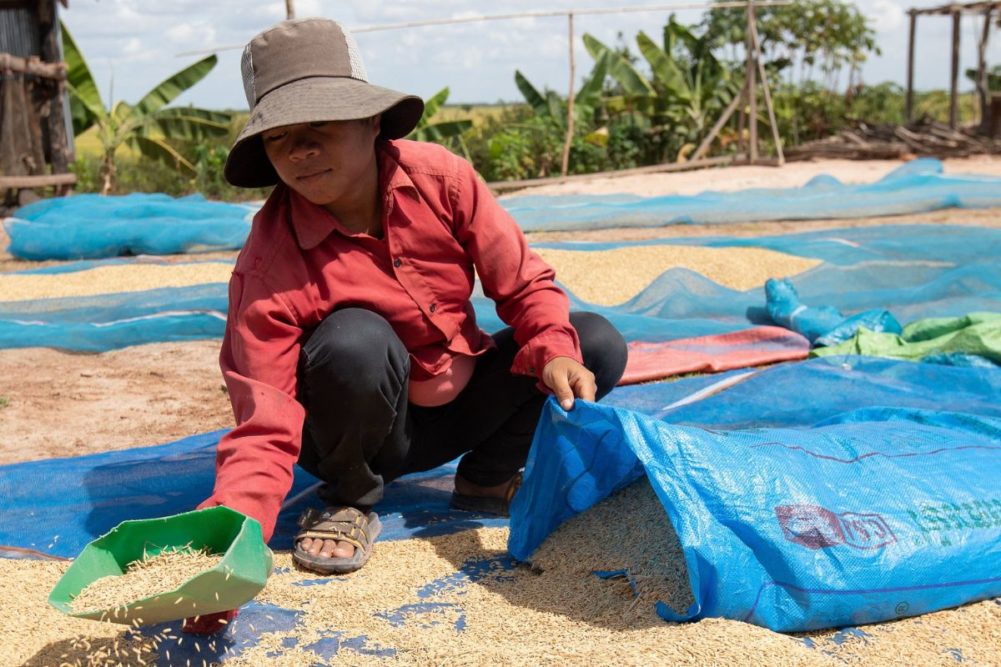ROME, ITALY — Helped by a 1.4% overall drop in cereal prices, including a decline in global wheat prices, the barometer for world food commodity prices declined for the fifth consecutive month in August, according to the latest report issued by the Food and Agriculture Organization of the United Nations (FAO).
The FAO Food Price Index released Sept. 2 averaged 138.0 points in August, down 1.9% from July, although still 7.9% above its value year-over-year. The index tracks monthly changes in the international prices of a basket of commonly traded food commodities.
The FAO Cereal Price Index decreased by 1.4% from July, a drop driven by a 5.1% decline in international wheat prices that reflected improved production prospects in the United States, Canada and the Russian Federation, as well as the resumption of exports from the Black Sea ports in Ukraine. Russia had been blockading Ukraine’s ports since its Feb. 24 invasion, but a deal brokered by the UN and Turkey and signed by Russia and Ukraine on July 22 allowed agricultural commodities to begin shipping again.
Rice prices on average held steady during the month, while quotations for coarse grains increased marginally, by 0.2%, as firmer world maize (corn) prices due to hot, dry growing conditions in the European Union and the United States were offset by lower barley and sorghum prices.
The FAO Vegetable Oil Price Index decreased by 3.3% from July, reaching a level slightly below August 2021. World soy oil prices rose moderately due to concerns over the impact of unfavorable weather conditions on production in the United States, but the gain was more than offset by lower quotations for palm, sunflower and rapeseed oils, reflecting increased availabilities of palm oil from Indonesia, due to lower export taxes, and a gradual resumption of sunflower oil shipments from Ukraine’s ports.
The FAO Dairy Price Index decreased by 2% in August, while remaining 23.5% higher year-over-year. The Meat Price Index declined 1.5% from July but remained 8.2% higher compared to August 2021. The Sugar Price Index decreased by 2.1% to its lowest level since July 2021, triggered mainly by high export caps in India and lower ethanol prices in Brazil.
The FAO also issued its updated cereal production forecast for 2022, with production anticipated to decline by 38.9 million tonnes, or 1.4%, from the previous year, according to the new Cereal Supply and Demand Brief. The bulk of the downward revision concerns coarse grains, with maize yields in the EU expected to drop 16% below their five-year average level due to the exceptional hot and dry weather conditions.
By contrast, the FAO raised its forecast for world wheat production from its last report in July to 777 million tonnes, a negligible drop from 2021, thanks to expected record harvests in the Russian Federation and positive weather conditions in North America. Australia is also expecting its third straight bumper crop. Global rice production is expected to drop by 2.1% from its all-time high reached in 2021.
World cereal utilization for 2022-23 is now pegged at 2.79 billion tonnes, while global cereal stocks at the close of the 2023 seasons are expected to contract by 2.1% to 845 million tonnes. As a result, the world cereal stocks-to-use ratio is expected to fall slightly from 30.9% in 2021-22 to 29.5%, a level the FAO said is still relatively high historically.
World trade in cereals is predicted to decline by 1.9% in 2022-23 (July/June) to 469.6 million tonnes, compared to the same period last year.





